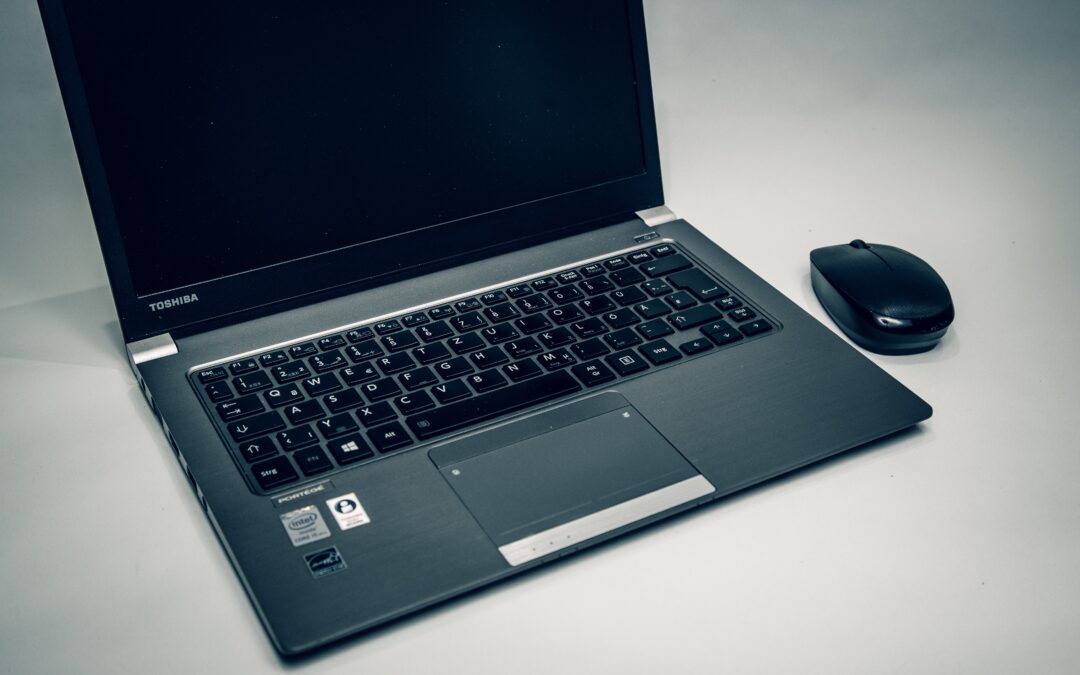Whether you’re an electronics retailer, reseller, corporate office, or enthusiast, chances are at some point you’ll be tasked with shipping valuable assets to customers, remote employees, or friends. In today’s interconnected, hustle-and-bustle world, shipping goods has never been easier or more common; and asset management best practices have never been more important to employ. However, certain sensitive items — like laptops and other electronics — require more care if you intend for them to arrive in working order.
Here we’ll go over asset management best practices, how to ship sensitive materials successfully, and why you should try to ship to a secure, smart locker solution whenever possible. Let’s get to it!
Importance of Asset Management
Asset management is a term that describes processes surrounding how you develop, maintain, and operate various assets and types of equipment. In the IT world, for instance, there is a near-constant exchange of electronic equipment — cell phones, laptops, tablets, and more — between employees due to device upgrading, maintenance, and procurement.
A business is only as productive as their tools allow them to be, making asset management crucial in maintaining operational efficiency and mitigating risks, especially cyber ones. Ensuring a smooth transition of equipment between employees allows team members to perform their duties with minimal downtime.
Smiota Smart Lockers Are Critical In Your Asset Management Strategy
If asset management is the name of the game, then Smiota Smart Lockers will help you win it. By protecting valuable equipment through climate-controlled smart lockers that boast sturdy materials and cutting-edge security features, leveling up your asset management strategy has never been easier. This is particularly crucial for companies on a tight budget that can’t afford to lose expensive pieces of equipment due to shipping errors or package theft.
Any comprehensive asset management strategy will take into account how equipment is shipped and delivered to its end user. Smiota Smart Lockers help in this area by:
- Reducing pickup times: With 24/7/365 pickup access, end users are able to retrieve their package at their convenience.
- Improve communication: End-to-end encryption and instant messaging capabilities allow you to communicate more efficiently regarding deliveries and even access retrieval logs.
- Streamlining overall flow: Within any IT department, ensuring employees retrieve their equipment quickly is crucial in maintaining operational efficiency. Enhanced security features allow your team to rest easy knowing critical and confidential items are secure until the proper person arrives to retrieve them.
- Promote health and safety: The pandemic taught us all how important contactless delivery options are; and with antimicrobial features, Smiota Smart Lockers help prevent transmission of harmful pathogens.
- Charge devices: If you’re storing electronics, our lockers feature wireless charging capabilities that ensure devices are fully powered up upon pickup.
- Inventory monitoring: A comprehensive tracking system with a real-time dashboard makes tracking assets easy so you know who is responsible for lost or damaged equipment.
How to Ship a Laptop or Other Electronic Device
Now that you have a better understanding of how Smiota Smart Lockers play a major role in the success of your asset management plan, it’s important to understand how to transport these assets successfully. Let’s take a look at how you can ship laptops and other electronics to mitigate dead-on-arrival equipment.
1. Understand Regulations and Your Materials
Check local regulations and carrier policies regarding shipping lithium ion batteries. In most states, it’s perfectly fine to ship them as long as you properly label the box and if the battery does not exceed certain weight limits. However, while shipping a single device, these weight requirements will likely not apply.
2. Wrap the Device
Power down the device and make sure there is no dust or moisture on it. Do not remove the battery. Using plastic sheeting, tightly and securely wrap the electronic itself before placing it in the box. Be sure to wrap multiple layers from all angles, including corners, and secure the plastic with tape. This ensures the presence of any liquids that could potentially be present during the shipping process will not damage it. Plus, it provides extra cushioning. You may also consider placing it in a plastic bag first to protect it against static electricity.
3. Line the Box with Cushioning
Take the cushioning material of choice (bubble wrap, packing peanuts, etc.) and line the bottom and sides of the box before placing the device inside. Once finished, place it in and ensure the sides and top are packed with cushioning to prevent it from jostling around while in transit.
4. Seal and Label It
Close up the box and use packaging tape to seal it shut. Put multiple layers of tape along the main flaps and edges for maximum security. The more tape, the better!
Then, add the appropriate shipping label and be sure to write any other crucial information on the box’s sides, such as “fragile” so carriers are (hopefully) gentle with your shipment.
Ship to a Smiota Smart Locker for Maximum Security
Shipping a laptop or other electronic device is relatively easy, but ensuring it arrives in good condition isn’t. It’s especially critical for retailers to utilize the best possible technology when shipping goods to their own stores for buy-online-pickup-in-store (BOPIS) service, which has become increasingly popular. This is why it’s best to ship to smart lockers whenever possible.
Smiota Smart Lockers offer climate controlled lockers to ensure sensitive materials like food and electronics do not perish during their journey to the end user. Additionally, state-of-the-art security measures ensure bad actors (read: porch pirates) never have the opportunity to ruin your good reputation. Smiota’s reliable hardware keeps packages safe and unauthorized users out with heavy-gauge steel lockers, while our renowned, proprietary software platform champions user and data security. This includes role-based security access, real-time locker diagnostics, OAuth token-based security, end-to-end encrypted communication, and more.
Additionally, recipients are able to access their deliveries 24/7, making pickups as convenient and easy as possible. If you’re interested in learning more about our smart locker solutions, give us a call today!




